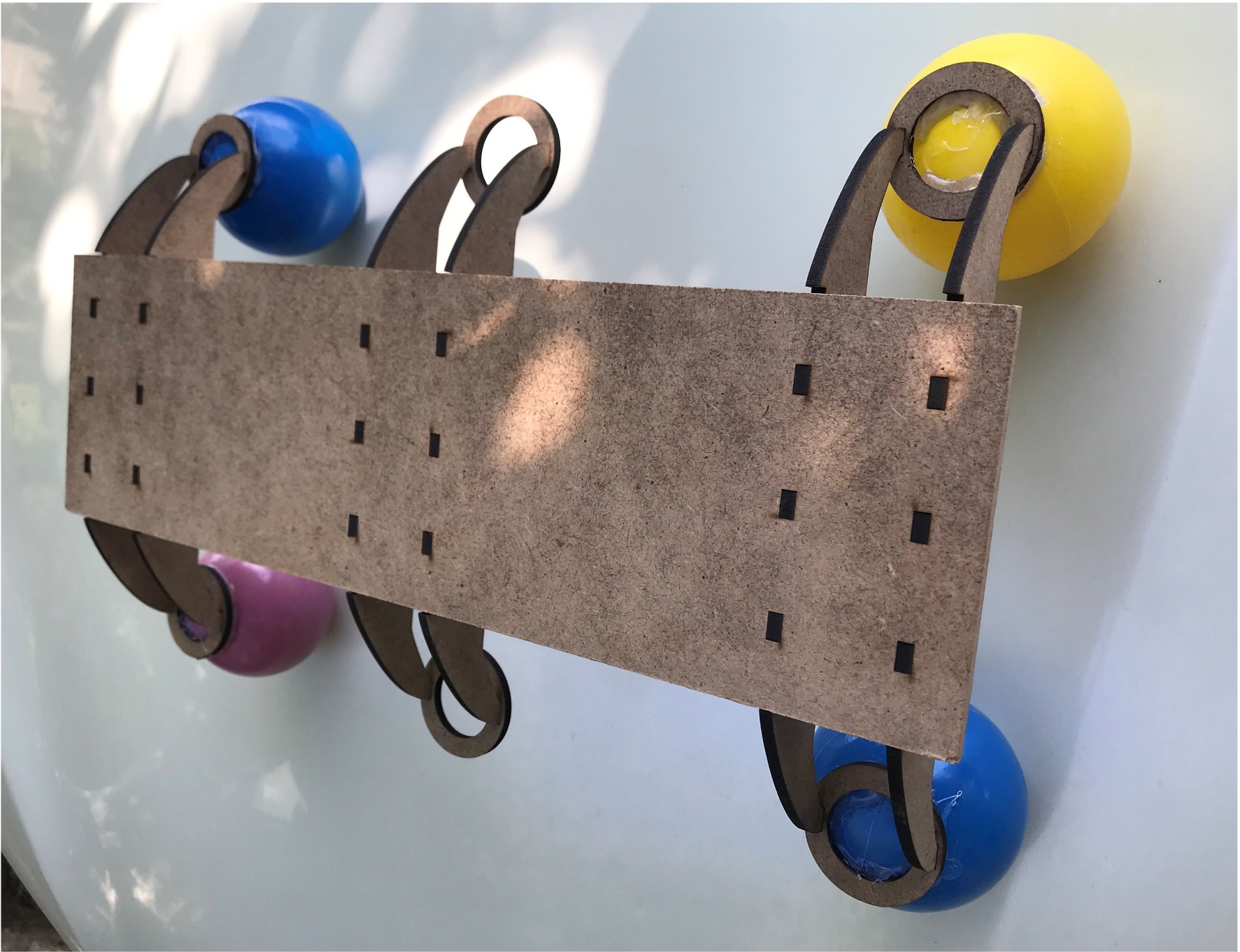How to build a (pneumatic) pontoon bridge to evacuate civilians?
During wartime, natural disasters or civil emergencies, pontoon bridges have been considered as feasible solutions in terms of time, mobility, resources in hand or other factors. Considering the recent warfare, most bridges were destroyed. Thus, evacuating civilians was a serious problem. Drawing upon this issue, how can you build a (pneumatic) pontoon bridge to evacuate civilians and/or to deliver humanitarian aid? You may use Engineering Design Process among other design-based problem solving approaches to design a prototype of pontoon bridge.
Engineering Design Process is an analytic and creative problem-solving process that engages a person in opportunities to make something physical and/or digital that matters. Engineers often use the Engineering Design Process described below to solve problems. The Engineering Design Process revolves around five stages: Ask, imagine, plan, create, and improve (see Table 1). This process is not linear, you will go back and forth between these stages while developing things, objects, systems, or processes that solve the problem. The goal here is to apply engineering design process as students iteratively work towards generating creative solutions to a challenging problem and work like an engineer. Engineers chose a problem or identify a need to work on. Then, they do research and find possible solutions. Next, they create the solution they chose and test their prototype. Based on the evaluation results of how people react about the prototype, they improve their design.
1. Search recent wartime news and define the problem in an engineering context.
2. Brainstorm ideas and possible solutions.
3. Draw a model or build a fast prototype which addresses the problem
4. Make a list of materials needed and plan how to build the product
5. Follow the plan to create the product, tests the product, gather information/data from the testing
6. Evaluate the results, improve the design, retest and re-evaluate.




